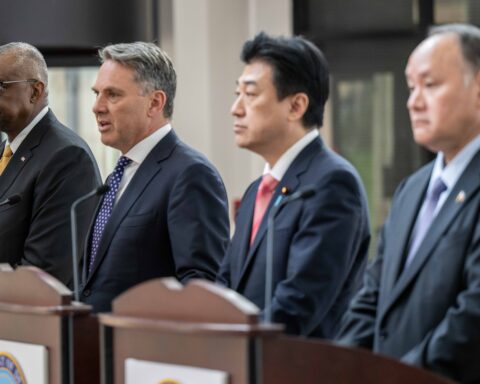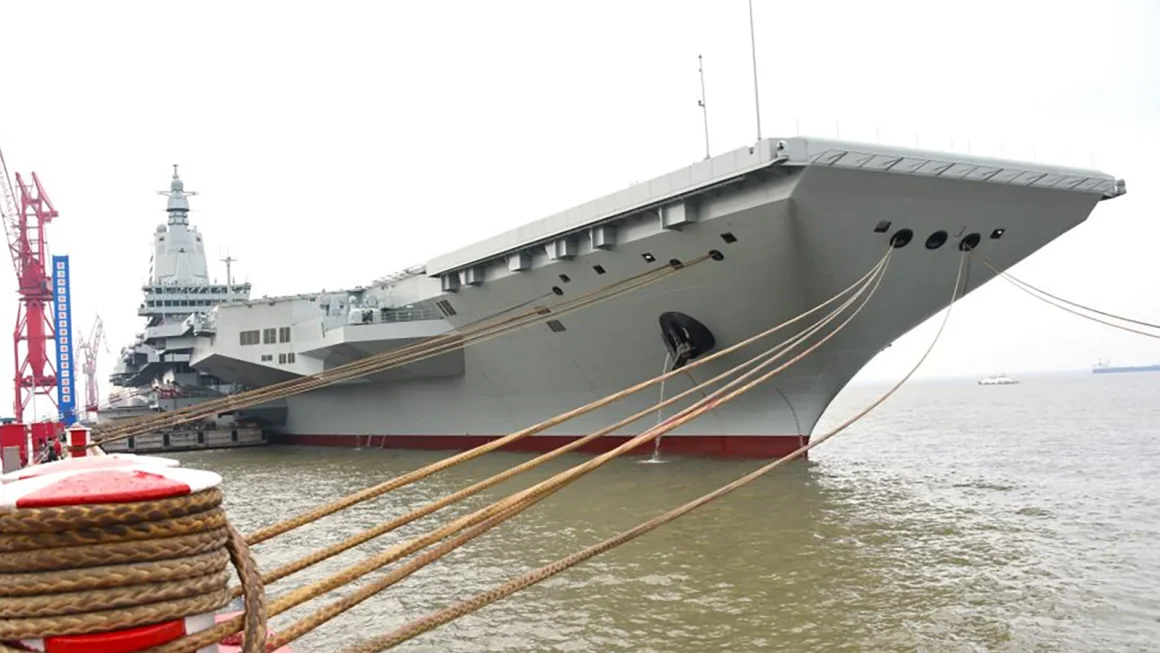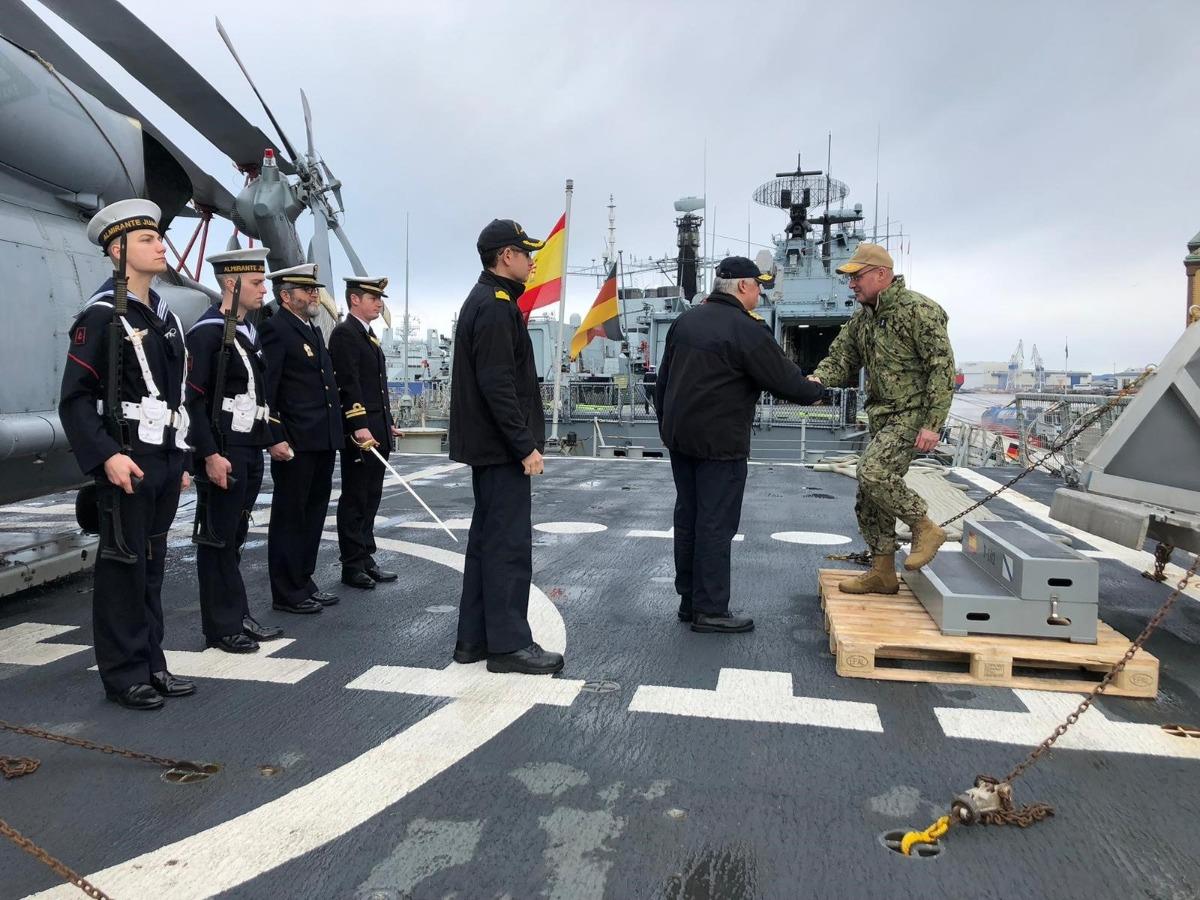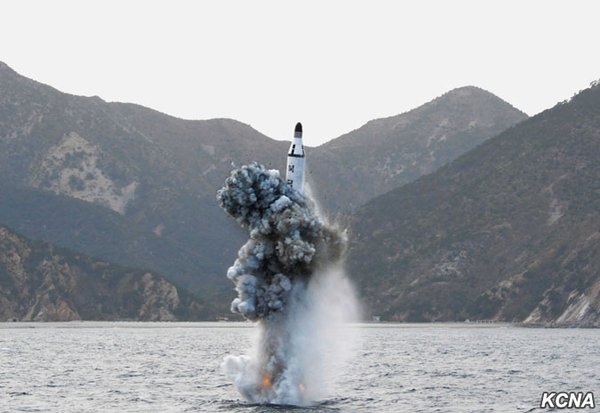
WASHINGTON, D.C. — Operating under the assumption that North Korea can — or is close to — fielding a ballistic missile tipped with a nuclear warhead, the U.S. is working more and more closely with Japan and South Korea in the realm of ballistic missile defense (BMD).
Speaking on Tuesday, U.S. Pacific Command commander Adm. Harry Harris said the ballistic missile and nuclear threat from North Korean leader Kim Jong Un is far from dissipating.
“I believe they have clearly stated their intent … We know they are working on their missile technology – their intercontinental ballistic missiles – they are seeking to miniaturize the [nuclear] warheads, mate them to the missile and threaten the United States,” Harris said during a Tuesday event at Defense One.
“I believe it when Kim Jong Un expresses his intent… I assume for the worst case and prepare accordingly and that’s what you all want me to do.”
Washington, Tokyo and Seoul signed a trilateral information sharing agreement in 2014 on North Korean missile developments and signs indicate the trio could still develop closer BMD ties. A recent trilateral BMD exercise and planned technical improvements to the Republic of Korea Navy and the Japanese Maritime Self Defense Force point to the creation of a future linked BMD network between existing U.S. and Japanese Aegis BMD ships and Korean guided missile destroyers that are set to field a BMD capability in the future.
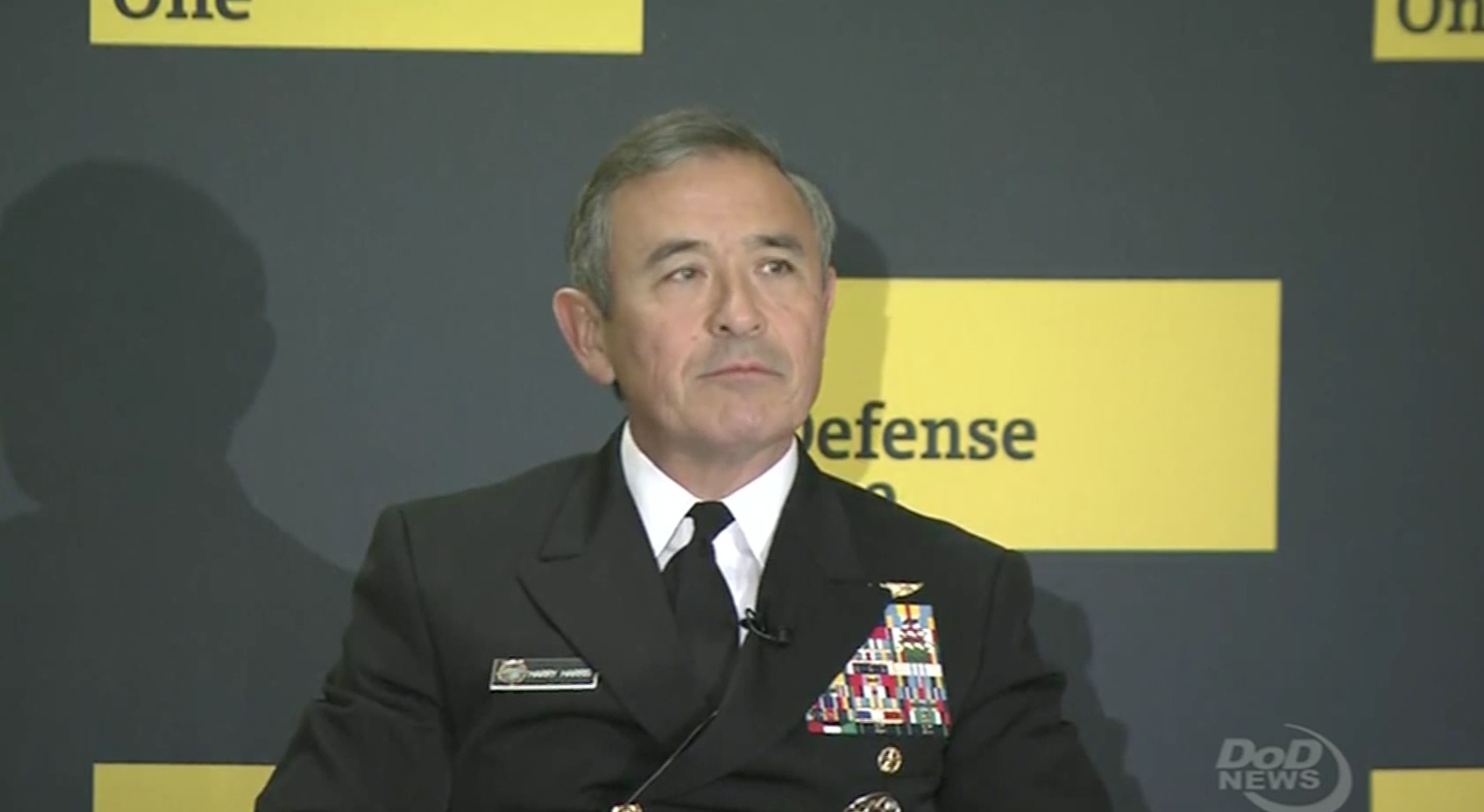
In late June, the U.S. Navy, ROK Navy and JMSDF conducted an exercise in which five ships shared tracking and targeting information on a ballistic missile target set to improve coordination between the three navies.
As part of the Pacific Dragon 2016 Exercise, USS John Paul Jones (DDG-53), USS Shoup (DDG-86), JS Chokai (DDG-176), ROKS Sejong The Great (DDG-991) and ROKS Gang Gam Chan (DDH-979) operated off of the coast of Hawaii to fine-tune their joint BMD tracking skills.
The U.S. and Japan both field guided missile destroyer capable of intercepting ballistic missile threats with Raytheon Standard Missile 3s. Following behind, the ROK Navy next three Sejong the Great-class guided missile destroyers will also be BMD combatants fielding SM-3s, USNI News reported in September.
With a technical path for all three navies to share tracking and targeting data coupled with the ability with the three to shoot down a ballistic missile threat in the future, the next step to create a robust sea-based BMD network is policy. Currently, there are no plans to create a trilateral early warning BMD network, a U.S. PACOM spokesman told USNI News on Wednesday. However, Harris said there was a need for the three countries to work closely together.
“The trilateral relationship between the U.S., Japan and Korea is important in this case,” Harris said.
“I think that we’re coming close to a true information sharing agreement between [South Korea] and Japan which gets at this in a real-time way and all of these are important and this adds to our defenses in the threat posed by North Korea.”
In the shorter term, the U.S. is deploying a U.S. Army Terminal High Altitude Area Defense ground-based BMD system to South Korea sometime next year, Harris said.
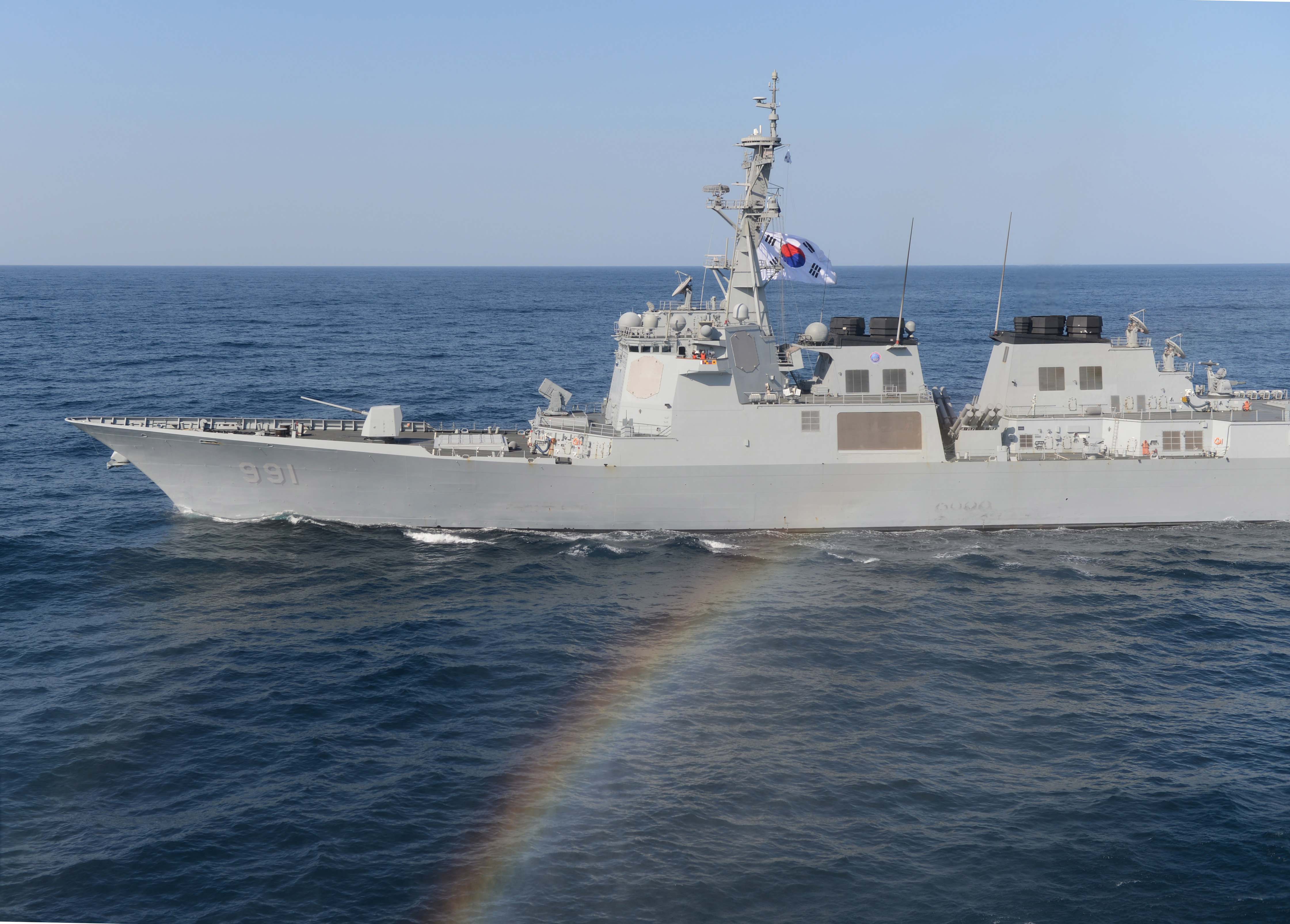
Longer term, he said in his role he would like to see more multilateral defense agreements between the U.S. and other countries in the region.
Currently, the U.S. has bilateral defense agreements with South Korea, Japan, the Philippines, Thailand and Australia.
“We should partnerships with purpose and they should be multilateral.
There’s ample space for multilaterals. I’ll give you an example of some of the things we’re working on at PACOM. If you look at Northeast Asia, we have treaties to defend Japan and treaties to defend South Korea. I think there’s value in a Northeast Asia trilateral [agreement], where we bring Japan, the United States and Korea together I’m working hard on,” he said.
“There’s one on countering violent extremist organizations in Southeast and South Asia. There’s a natural grouping of countries there that we’re working on our ability to go after ISIS or ISIL – that’s United States, Malaysia, the Philippines… and Bangladesh in South Asia.”
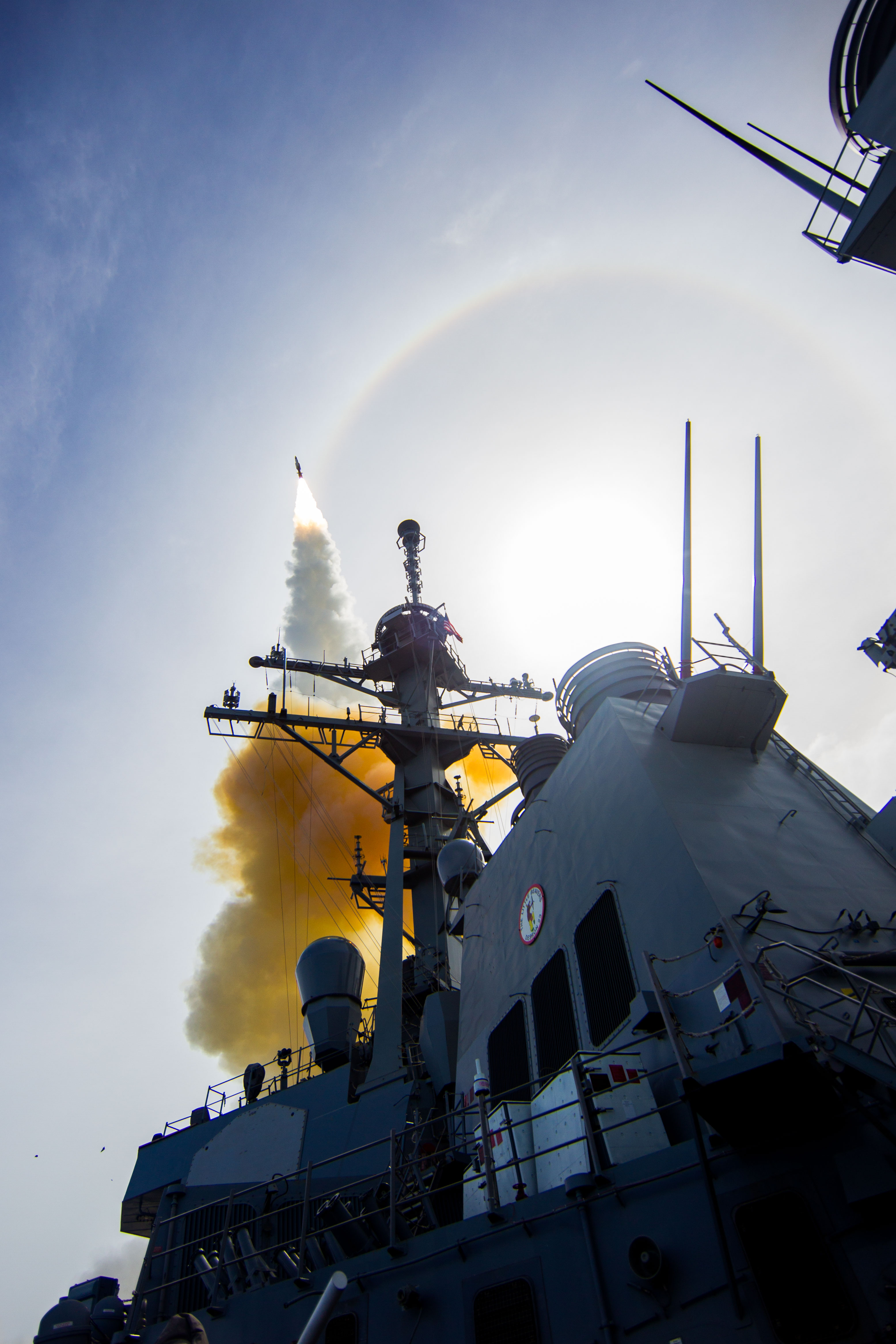
However, questions are still outstanding on how an incoming Trump administration would handle the future U.S. role in the Western Pacific. While President-elect Donald Trump has raised question on the cost of maintaining U.S. bases in Japan and Korea, a source familiar with the Trump national security team direction told USNI News last week that the U.S. will continue to have a strong presence in Asia as part of a rebalance to the Pacific, “with teeth” and there is no talk of eliminating bases in Japan and Korea. More clarity could come later this week following a Thursday meeting with Japanese Prime Minister Shinzo Abe.
Harris stressed on Tuesday that Western Pacific would remain a key U.S. priority.
“The Indo-Asia-Pacific region is the most consequential region for America’s future.
America has critical national interests in the region so I want to ease any concerns from our partners,” he said.
“The Indo-Asia Pacific is as important to America as it ever has been.
America is a Pacific nation and Pacific power. I continue to serve President Obama until Jan. 20 at which point I will serve President Trump and he’ll be my only Commander-in-Chief at that point.”


